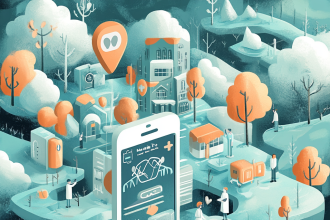As first reported by Healthcare IT News, the uncertain financial outlook for U.S. healthcare—marked by looming Medicaid cuts and the threat of rural hospital closures—is prompting many leaders to pause or reevaluate strategic investments. Yet, according to Ernst & Young’s Health AI and Data Leader Sezin Palmer, now is not the time to pull back on AI. Instead, it’s the time to scrutinize technology choices and vendors to ensure they support resilient, cost-effective care strategies that can weather the storm.

Sezin Palmer. Source: ey.com.
Palmer, a leader in applying advanced analytics and artificial intelligence to healthcare, believes AI can play a central role in managing both risk and resources. On a recent HIMSSCast, she emphasized that health systems must be deliberate—prioritizing value-driven and scalable implementations. Her guidance includes leveraging existing data and tools, focusing on high-impact use cases, and working closely with consultants and vendors to extract the most benefit without overspending or overcomplicating deployments.
She also stressed the importance of retooling internal talent to work alongside AI tools and making the most of available resources before investing in new ones. Rather than chasing the latest AI trend, Palmer recommends building strategies that align with clinical and financial priorities. Her advice is to evaluate AI initiatives by how well they support care quality, efficiency, and long-term cost reduction, especially during turbulent economic times.
A focused approach to sustainable innovation
Palmer’s message to healthcare executives is clear: AI, when applied wisely, is not a luxury—it’s a necessity. The key is to be selective, pragmatic, and patient-focused, ensuring that every AI decision contributes meaningfully to both the bottom line and better care delivery.
As healthcare organizations brace for financial uncertainty, leaders like Sezin Palmer advocate for smarter—not smaller—AI investments. By focusing on scalable value, thoughtful vendor partnerships, and strategic talent use, hospitals and health systems can leverage AI as a stabilizing force. In times of volatility, artificial intelligence isn’t just a tech upgrade—it’s a tool for survival and transformation.





